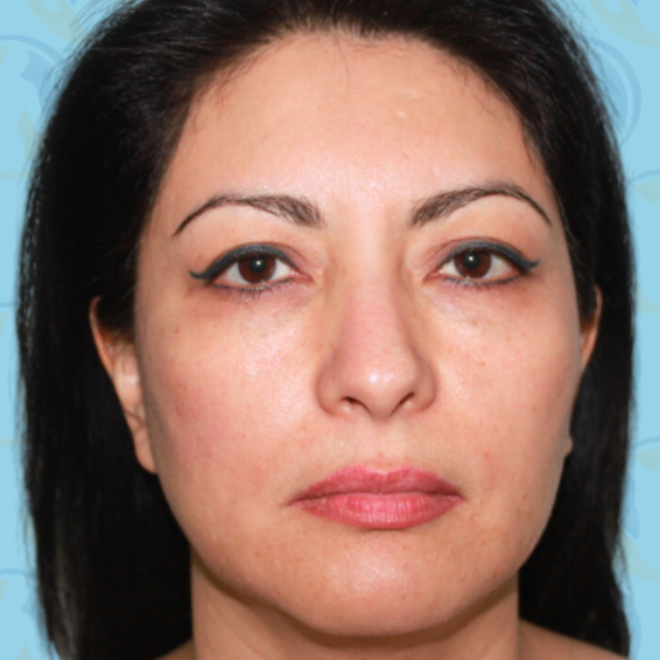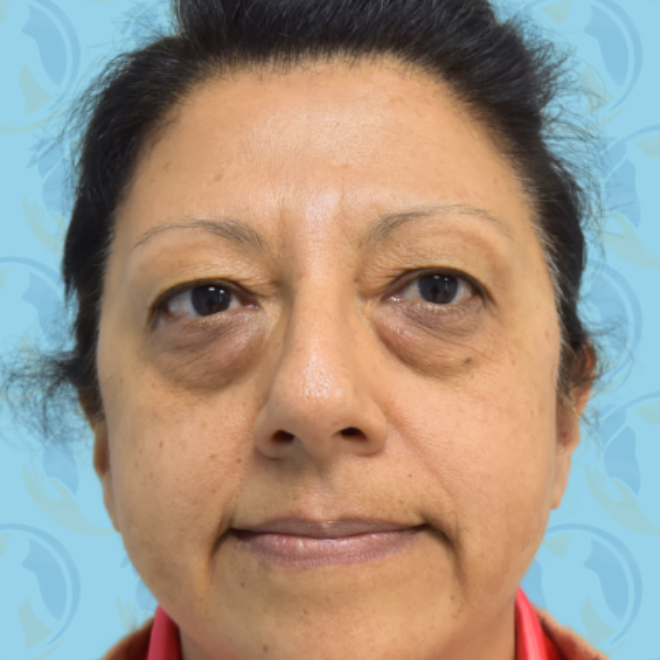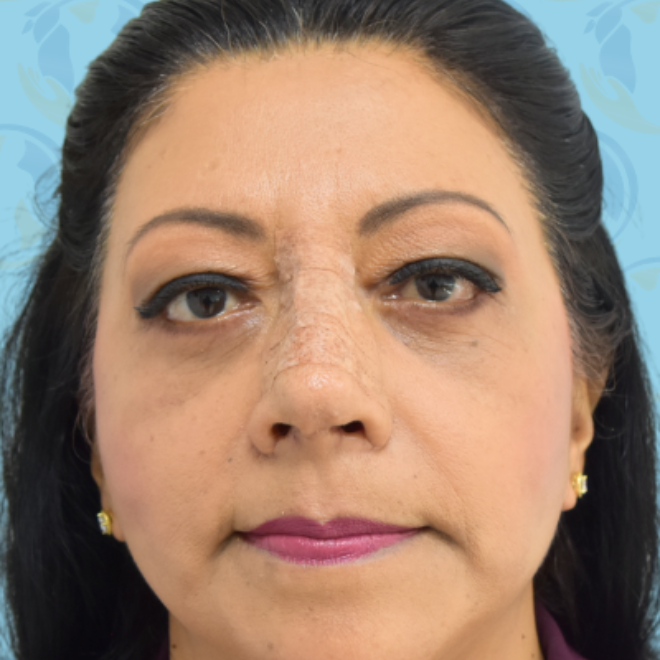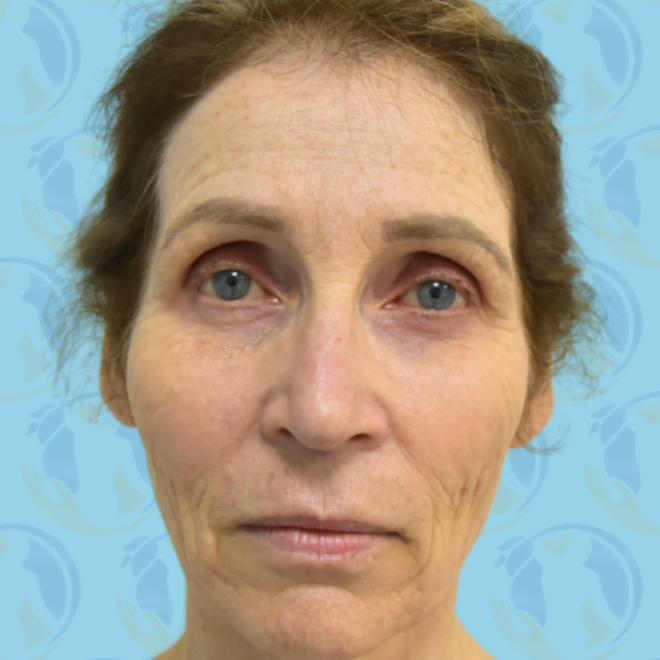
In today’s culture, we’re bombarded with images of celebrities who look inexplicably trim just a few months after giving birth. This has led to a heightened demand for the series of procedures called a “mommy makeover.” At the same time, however, the media has spread a number of misconceptions about postpartum plastic surgery.
Contents
Understanding what a mommy makeover does
Contrary to popular belief, a mommy makeover cannot snap patients back to their pre-baby selves mere weeks or months after giving birth. Attempting to do the aforementioned simply would not be safe. You must keep in mind that both pregnancy and childbirth put immense stress on your body, so having surgery soon afterward would be dangerous. Any reputable plastic surgeon will require you to wait at least six months after giving birth before having invasive plastic surgery. This will give your abdominal tissue a chance to heal fully before you have a tummy tuck.
So, how do some celebrities get back into shape so fast after giving birth, then? They employ a few different strategies. First and foremost, they tend to work with personal trainers and nutritionists during pregnancy. By eating a healthy diet and engaging in safelight exercise, they prevent the pounds from piling on in the first place (ergo, much of their rapid weight loss is just the loss of “water weight” as hormone-induced bloating subsides following childbirth). We suggest that you do the same; many people treat being pregnant as an opportunity to binge on usually “forbidden” foods, but this exacerbates the aesthetic issues associated with pregnancy. The more fat you gain during pregnancy, the more weight you will have to lose later. You will also have more loose skin in need of surgical resection (via tummy tuck surgery). On the other hand, if you can avoid gaining too much extra weight during pregnancy, it becomes more likely that you can get away with a mini tummy tuck afterward. This is beneficial as mini tummy tucks are associated with less scarring and a shorter recovery period.
Secondly, most celebrities are aware of the fact that breastfeeding burns an enormous amount of calories. Just breastfeeding your baby, rather than using formula, can help you lose some of the additional weight you’ve gained during pregnancy. Finally, celebrities tend to work closely with their trainers as they recover from giving birth. They are guided on how to gradually ease back into regular exercise without damaging their bodies.
There are, however, some things that diet and exercise alone cannot do. It’s not uncommon for pregnancy hormones to cause the body to develop new deposits of stubborn fat, for example, that do not respond to conventional weight loss methods. A woman might successfully return to her prior weight only to discover that she has a new “muffin top” or set of “love handles.” A mommy makeover can address this issue.
Furthermore, pregnancy often leads to loose skin and damaged muscles in the abdomen. As the stomach expands to accommodate a growing baby, the tissue that joins the two lateral sections of a woman’s abdominal muscles can permanently tear. This causes the stomach to stick out even when the woman in question is very slim because, without working muscles, there is nothing to effectively compress the organs and tissue. Not only is this condition embarrassing, it puts additional strain on the back, often resulting in a painful “sway back.”
A tummy tuck is the only way to address the issue of damaged abdominal muscles. No amount of exercise will strengthen them enough to make them function normally. Instead, the patient needs a surgeon to stitch together the torn tissue between the sections of her abdominal muscles so that the area can heal properly.
A mommy makeover is also necessary to address problems that occur in the breasts and vagina. Some women experience a loss of breast volume after breastfeeding (particularly if they do so more than once), and breast sagging is common. Likewise, the skin of the labia can become stretched and distorted during childbirth. For more information on how a mommy makeover can correct these issues, read on.
What’s involved in a mommy makeover?
If you have a mommy makeover, it will be personalized during your consultation to reflect your needs. Not all women need to have all of the procedures that potentially make up a mommy makeover; some only need to have one or two of them. The only way to determine how many procedures you require is to talk to Dr. Gutierrez. With that in mind, the following list can give you an idea of what’s available:
Breast lift and (optionally) augmentation: Most women, especially women who are in their 30s or 40s, need to have a breast lift after giving birth. This is because the breasts expand and contract so dramatically during milk production. It’s not uncommon for a woman to go up several cup sizes, only to drop back down again once her baby is done breastfeeding. Because the skin must stretch to accommodate all of this milk, many women are eventually left with flatter, saggier breasts that require surgical lifting. Some women also notice that their breasts are smaller than they once were after breastfeeding is complete, making combined lift and augmentation surgery preferable.
If your nipples point “south” rather than “north,” then it’s almost certain that you need a breast lift. If they do not, but your breasts look less full than they used to, you may only need to have your breasts augmented. Inserting gel or saline implants into the breast pocket can restore the volume that was lost after milk production ceased.
Liposuction: Liposuction (the removal of fat via a minimally-invasive tube instrument) is sometimes administered prior to tummy tuck surgery to get rid of stubborn fat deposits. If, for example, you have developed large love handles, you may need to have liposuction to get rid of them. Liposuction can also be used to remove fat deposits in other areas of the body, too, not just the abdomen. If you have developed extra fat on your hips or thighs, as some women do during pregnancy, it can be removed with liposuction.
Tummy Tuck: During tummy tuck surgery, a plastic surgeon will make a long incision along your bikini line, allowing him or her to “pull down” and tighten your skin and muscles. Sometimes, if upper abdominal tightening is needed as well, a second incision will be made near your belly button. In either case, your loose skin will be removed and any muscle damage you have will be repaired. Additionally, if you suffer from stress urinary incontinence, you can ask your surgeon to also place a small mound of tissue near your bladder. This will help to regulate urine flow.
Labiaplasty: Sometimes a woman’s labia minora (the delicate, hairless skin of the inner labia) stretches substantially during childbirth. This can cause flaps of the labia minora to protrude beyond the protective labia majora. Not only is this embarrassing for many women, it’s often uncomfortable. Because the labia minora is so sensitive, it’s prone to chafing, making it hard for the woman in question to exercise or engage in sexual activity. Fortunately, a labiaplasty can be used to correct this problem. During a labiaplasty, a plastic surgeon carefully removes excess skin from the labia minora, then stitches the area closed again. Once the woman has healed, her labia will once again be both functional and comfortably protected by the labia majora.
What you need to know before booking a consultation
In addition to waiting six months after giving birth, you will need to make sure you meet all of the following criteria before having a mommy makeover.
-You will need to be in good overall health. Because mommy makeovers involve more than one invasive surgical procedure, it’s extremely important that you be in good health before having one. You will need to give up smoking at least three weeks prior to surgery and get a clean bill of health from your doctor. Even common conditions that sometimes arise after pregnancy, like type two diabetes, can make surgery risky, so managing any conditions you have is essential. Likewise, you should talk to your doctor about how any medications you are taking might affect your ability to have surgery.
You will need to be a healthy weight. As alluded to above, a mommy makeover is not a “weight loss” procedure. While it is true that some fat will be removed during your mommy makeover, you will need to have lost the bulk of your baby weight before you book a consultation. This is necessary for optimal skin resection. We recommend being no more than 25 pounds over your goal weight before surgery.
You’ll need to budget accordingly. Because a mommy makeover involves a number of different procedures, it is more costly than many other plastic surgeries. You can expect to pay, on average, anywhere from $10,000 to $12,000 for a mommy makeover. Note, however, that Dr. Gutierrez provides financing plans to help his patients manage this expense.
Ideally, you should be done having children. While this point is not strictly necessary, it’s a good idea to wait until you’re completely done having kids before having a full mommy makeover. This is because each subsequent pregnancy (after your mommy makeover) will stretch the skin of your abdomen and breasts again (as well as potentially tearing your abdominal muscles), essentially undoing the results of your surgeries. While you can, of course, have further revision surgeries, doing so adds additional expense and inconvenience (as you will need to go through recovery multiple times). Revision surgeries also come with a higher risk of scarring and other complications.
What to expect during mommy makeover recovery
If you have a full mommy makeover, you must understand that your recovery period will not be brief. Tummy tuck surgery, in particular, has a very long recovery period; you can expect to spend two to three months healing after this surgery. While not all of this period must be spent in bed (usually about two weeks of bed rest is all that is needed), you will not be able to lift more than 25 pounds. If you have small children, you will, therefore, need to enlist around-the-clock aid with childcare duties for several months. This is why we recommend having a mini tummy tuck where possible; a mini tummy tuck usually requires just two to four weeks of healing time.
During your first few weeks of recovery, you will want to have someone present to help you perform basic everyday tasks. While you should be able to manage your pain well while resting, moving around may put pressure on your incisions, resulting in pain flare-ups. Having someone around to help you get to the bathroom or prepare food will, therefore, be a great comfort. You should also prepare a special rest area for yourself before your surgery. Put everything you will need, such as snacks, a water bottle, a wash basin and your medications, within easy reach of your bed. Finally, make sure to equip your bed with extra pillows (including a full body pillow) so that your body will be completely supported while you rest. Remember that you will probably need to keep your head and feet slightly elevated right after surgery.
Lastly, it’s important to be aware that the results of your surgery will not be evident immediately. During the first three to six weeks of your recovery period, your abdomen and breasts will be swollen. This is not usually anything to be worried about; it’s just your body’s natural inflammatory response, which aids in healing. Your breasts and stomach will, therefore, appear larger than you hoped they would be, but this effect is only temporary.













